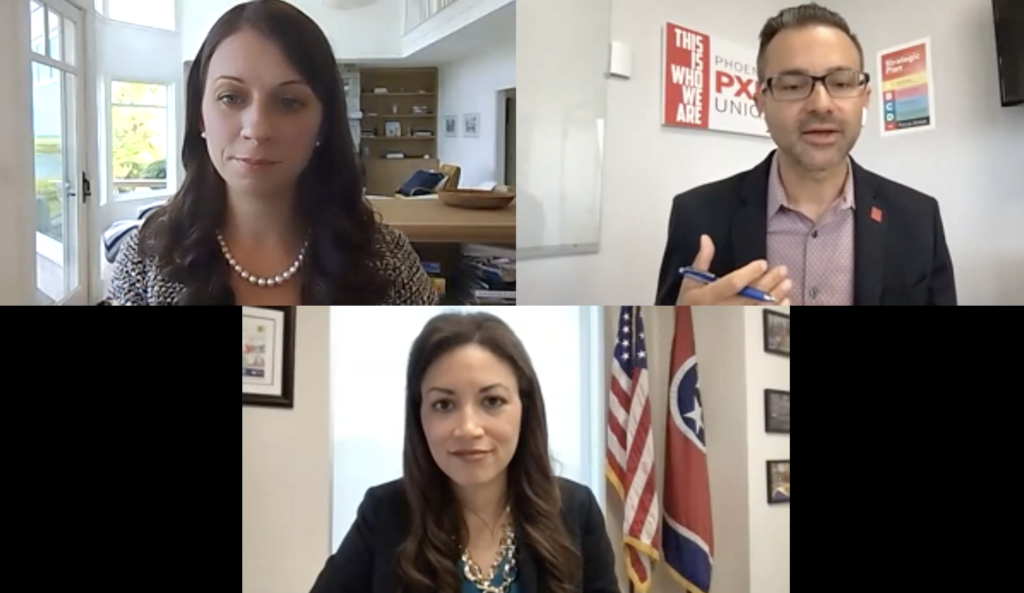The pace of technology adoption in schools is accelerating like a Formula 1 race car driven by both teachers and administrators hungry for products that spur deeper engagement and better results.. But how can customers, product developers, and investors figure out what’s working? In this session we heard from entrepreneurs, investors and publishers about the latest ideas for defining efficacy and assessing the impact of education technology on student learning.
In the past decade, the question around technology adoption in schools has shifted from “if” to “when” and “which products?” As Rob Mancabelli of BrightBytes said, “If you’re teaching in 2013 the same way you were in 2003, you’re way behind.”
Technology has helped teachers provide a more personalized education to their students. But it’s not enough for education to be personalized: we need to know that it’s working.
Cassie Crockett from Pearson opened the conversation with a story from a Peanuts comic. In the cartoon, Charlie Brown made a bet with his friends that he could teach his dog the English language in a week. Seven days later, his friends, who thought they had just made easy money, asked if the dog could speak English. Of course, he couldn’t. But Charlie Brown had tricked them: he never promised his dog would actually learn English! The point of the story was, we can’t focus on education inputs—if we really want to know what works, we need to focus on outputs.
Over the course of the conversation, panelists wove in themes related to the role of teachers in integrating technology and the importance of data privacy. Linda Burch from Common Sense Media said, “We need to make this a core piece of how teachers are trained and evaluated.” Tony Miller of Vistria (formerly U.S. Deputy Secretary of Education) pointed out that “It would behoove the industry to come together around a high standard of data privacy and encryption.”


